CLIMATE RESILIENCY & THE LONG RANGE TRANSPORTATION PLAN (LRTP)


Aileen Boucle’, AICP
Franchesca Taylor, AICP








September 7, 2023






CLIMATE RESILIENCY & THE LONG RANGE TRANSPORTATION PLAN (LRTP)


Aileen Boucle’, AICP
Franchesca Taylor, AICP








September 7, 2023






By show of hands, who do we have in the audience?
• Public v. Private Sector
• State v. MPOs v. Other
Who has worked on Long Range / Metropolitan Transportation Plans before?
• Who is incorporating Resiliency work in these plans?

1. Overview of 2050 LRTP Effort
The purpose of this study is to:
2. Climate Resiliency Study Tasks
a. Prioritized List of Vulnerable Infrastructure
b. Alternative Fuels Research
3. Incorporating Resilience in the LRTP
4. Next Steps
5. Questions
• Tackle Climate Crisis (Federal PEA)
• Create strategy for analyzing vulnerable infrastructure in MPO Federal documents

• Federally mandated for Metropolitan Planning Organizations (MPOs) with populations of >50K residents
• Min 20-year horizon, Updated every 5 years

• Performance – Driven & Outcome-based
2050 LRTP Cost Feasible Plan
Transportation Improvement Program (TIP) - TPO
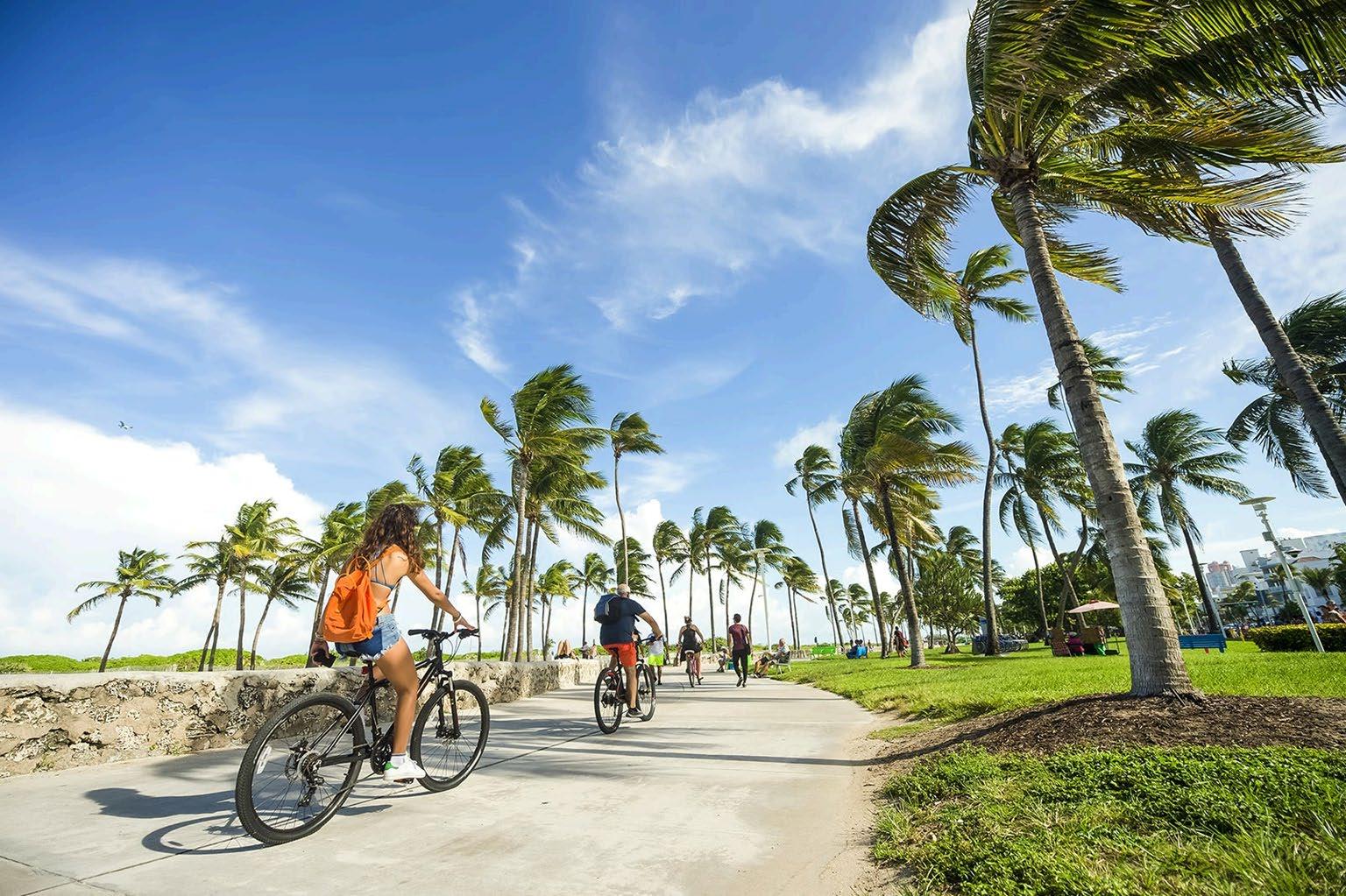
Transit Development Plan (TDP) - DTPW
Transportation Master Plan - DTPW
Strategic Intermodal System (SIS) Plan - FDOT
Other Partner Agency Plans









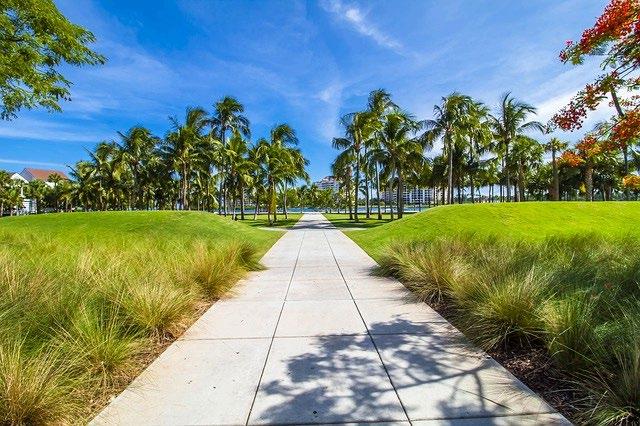








DESCRIBE HOW YOU ENVISION MIAMI DADE COUNTY’S TRANSPORTATION SYSTEM IN 2050

(5 WORDS OR LESS)






WHAT ADVANCEMENTS DO YOU ANTICIPATE BY 2050? (BY RANK) ASTERISK (*) DENOTES TIE
1 High Speed Trains
2 Electric / Alternative Fuel Vehicles 3rd Self-Driving







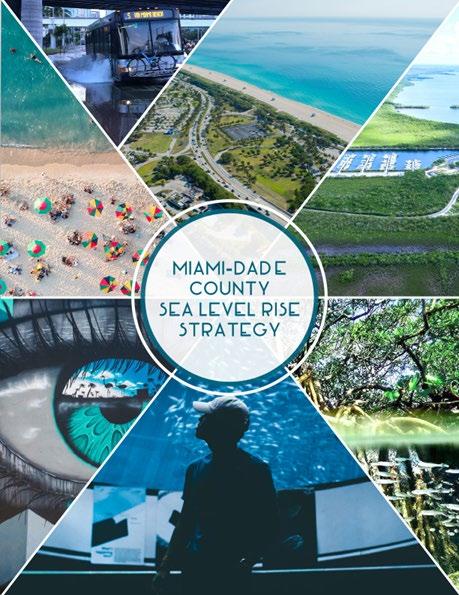
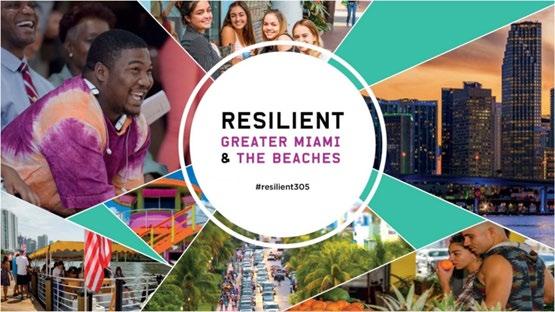

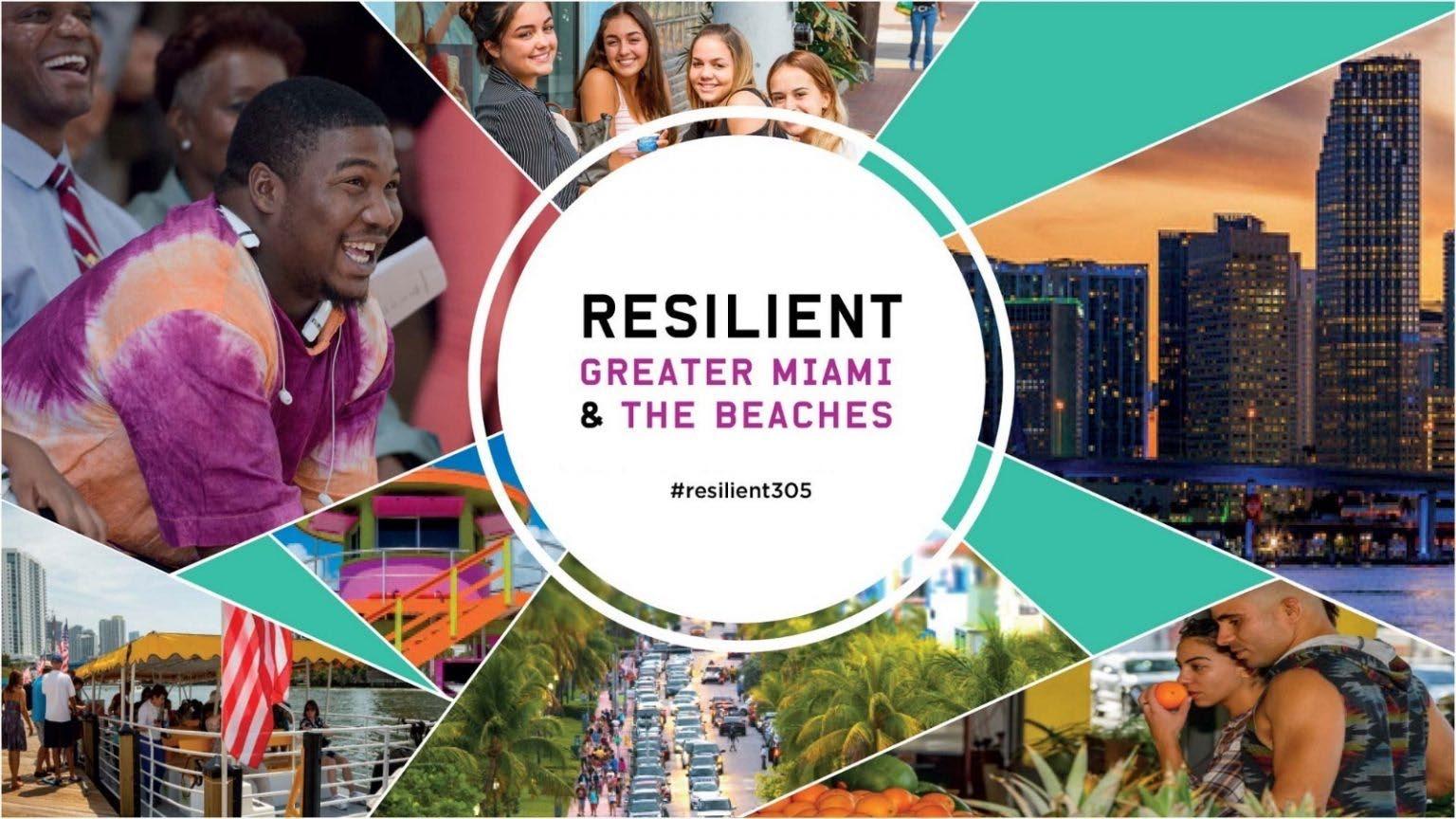
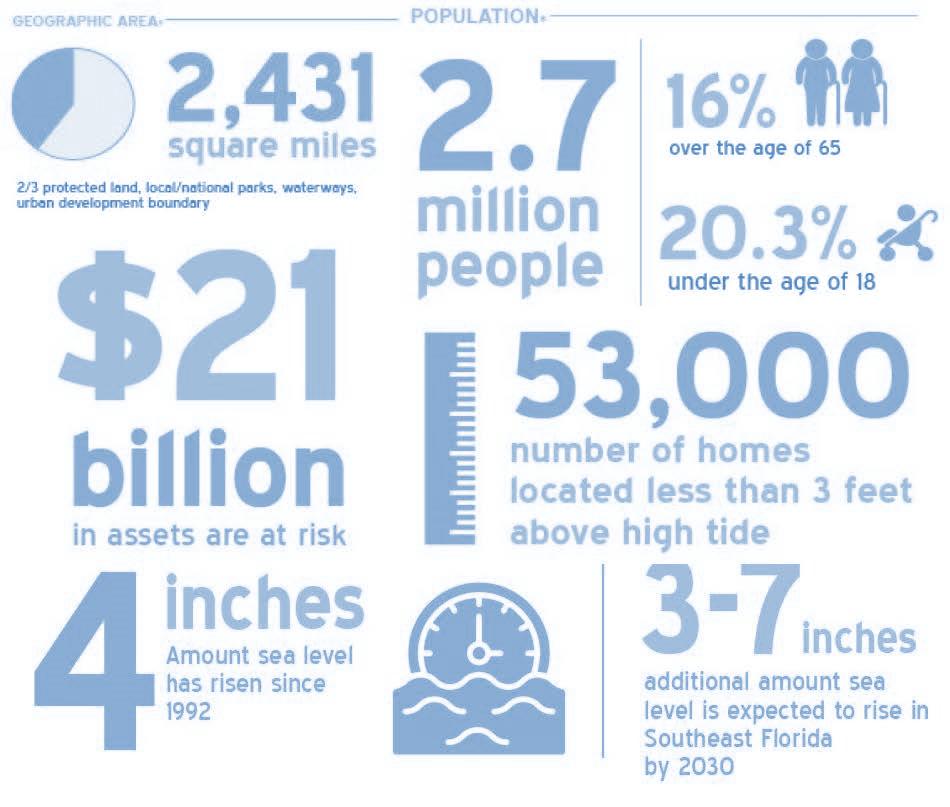
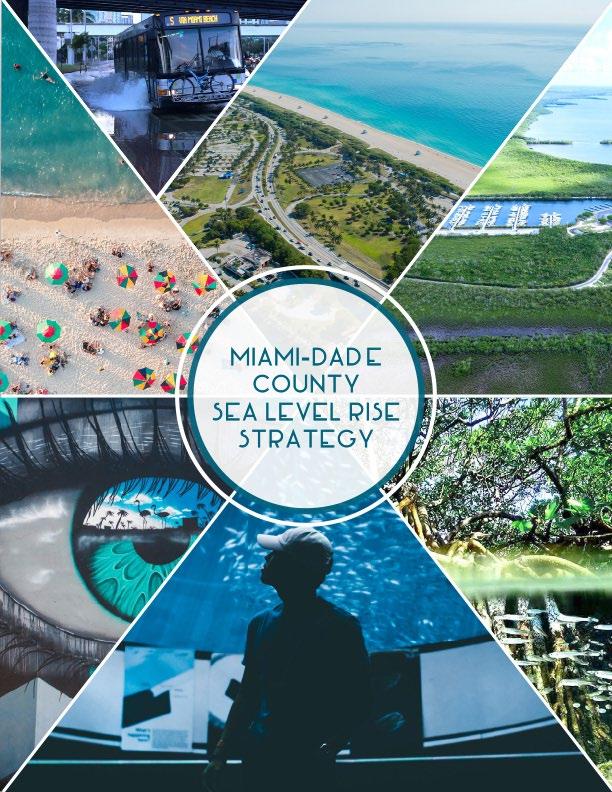

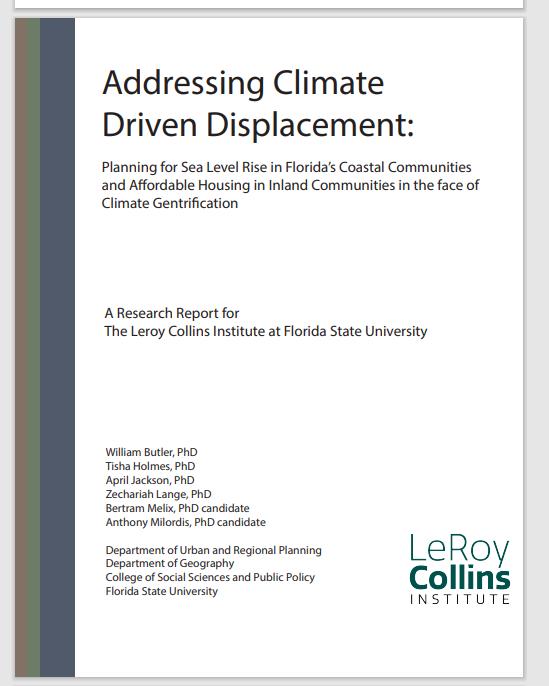
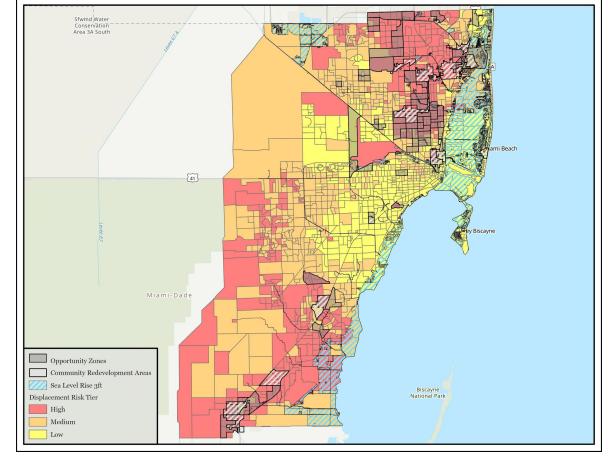

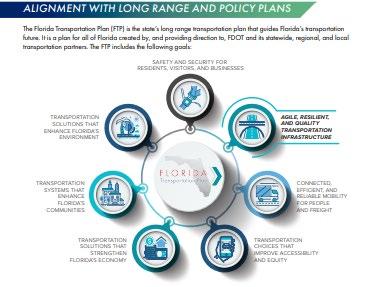
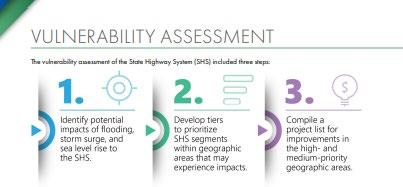

Sea Level Rise
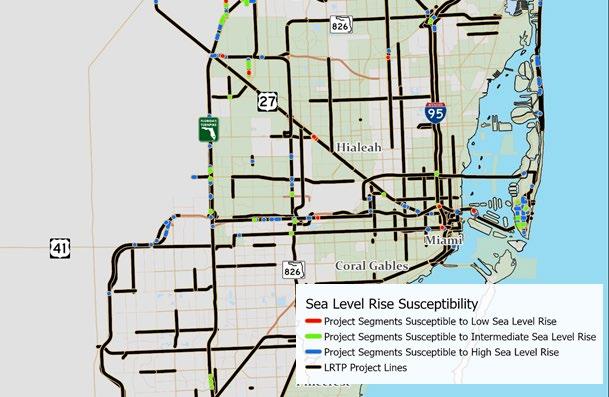


• All 2045 Cost Feasible Projects Mapped against 2050 (Low, Moderate, High) SLR predictions
• 2050 Cost Feasible Projects will run through the same process
• GIS shows visuals, but the project scoring occurs within a spreadsheet

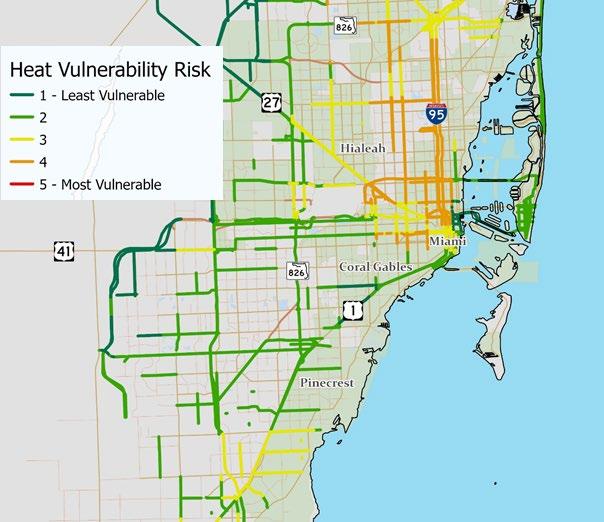
Extreme Heat
• Average Heat Vulnerability is an average of Heat Hospitalization Vulnerability and Heat Emergency Department Visit Vulnerability.
• All 2045 Cost Feasible Projects mapped with extreme heat vulnerability predictions

• 2050 Cost Feasible Projects will run through the same process



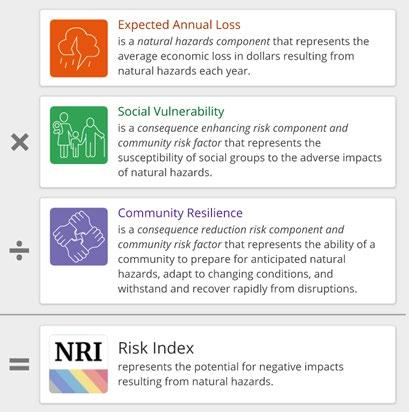
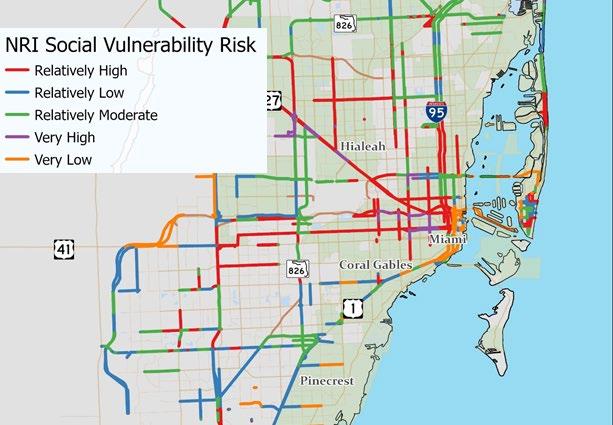







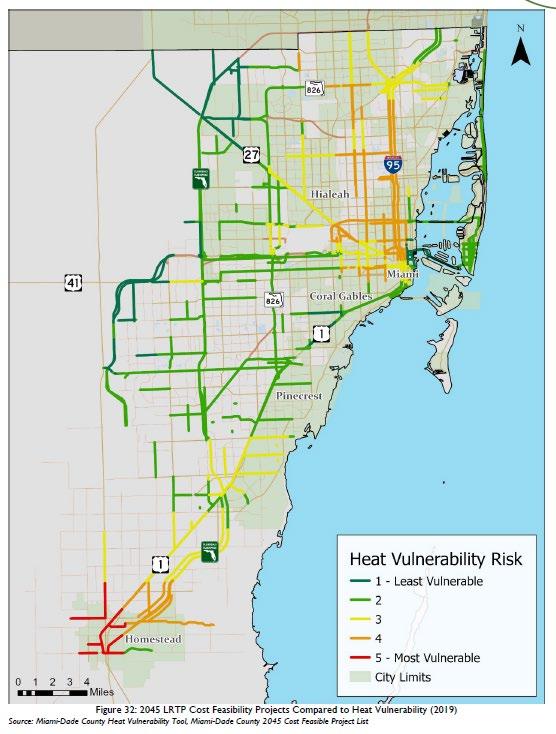

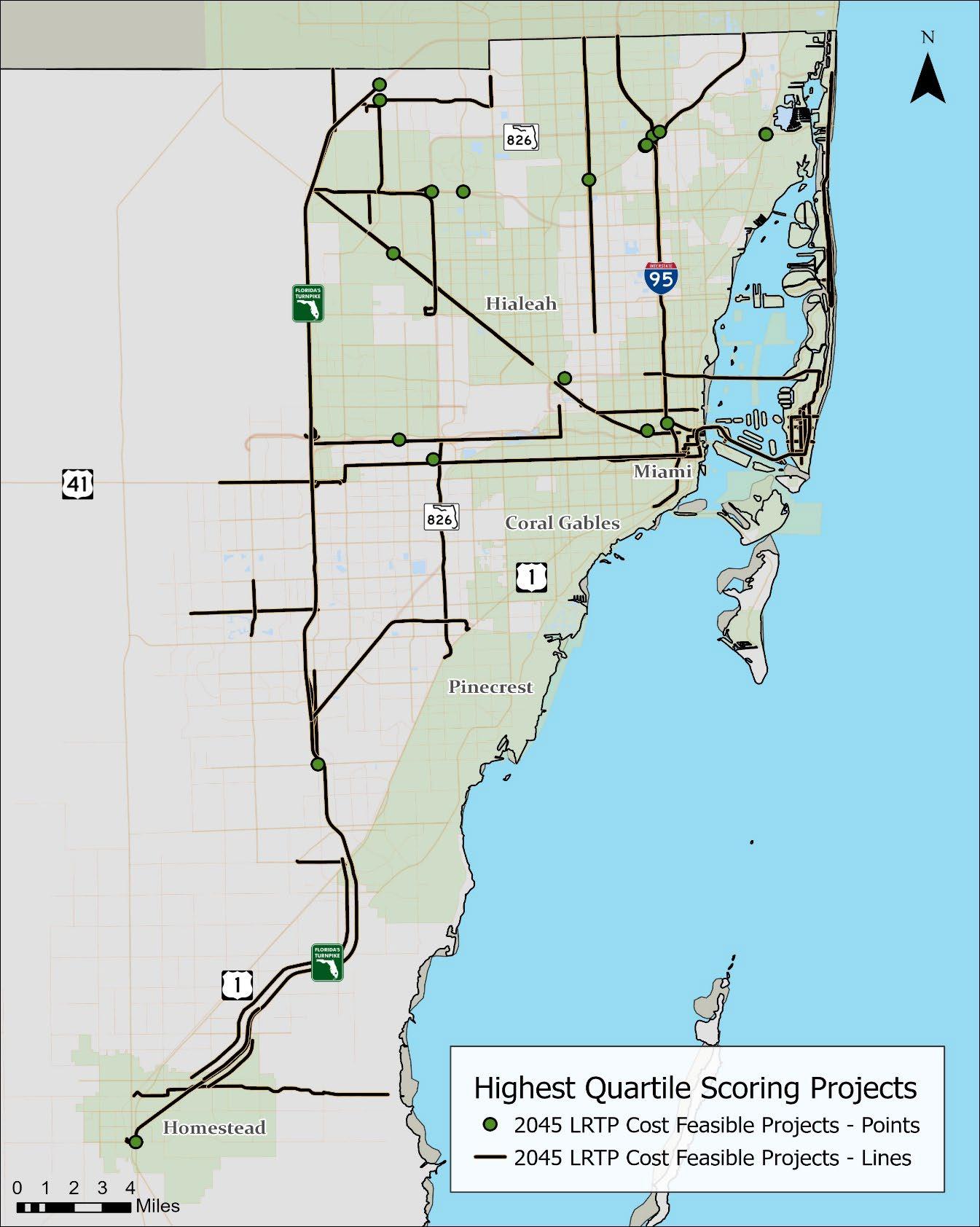


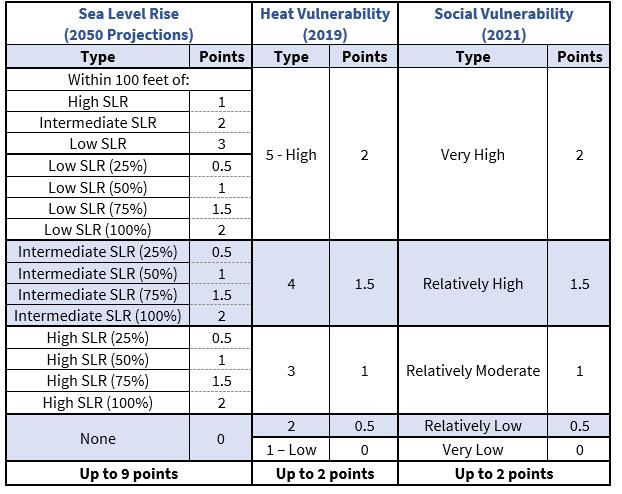
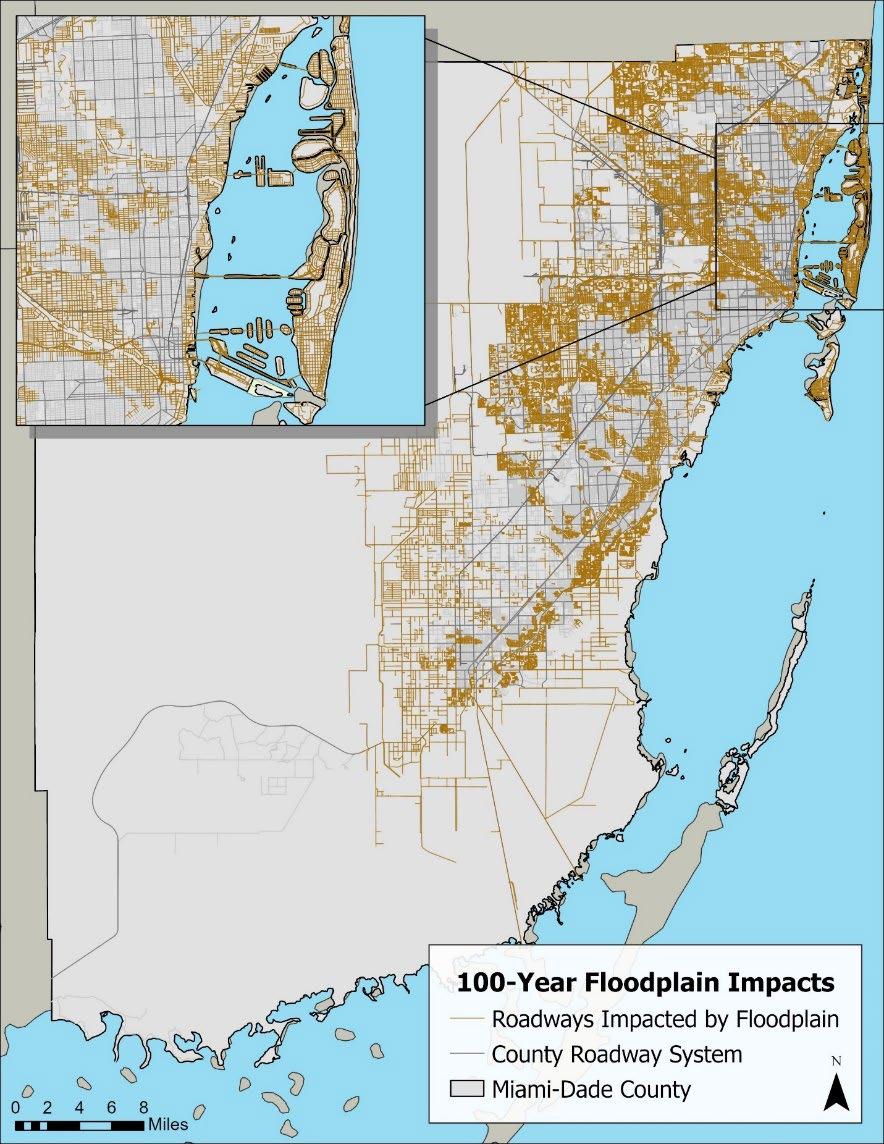
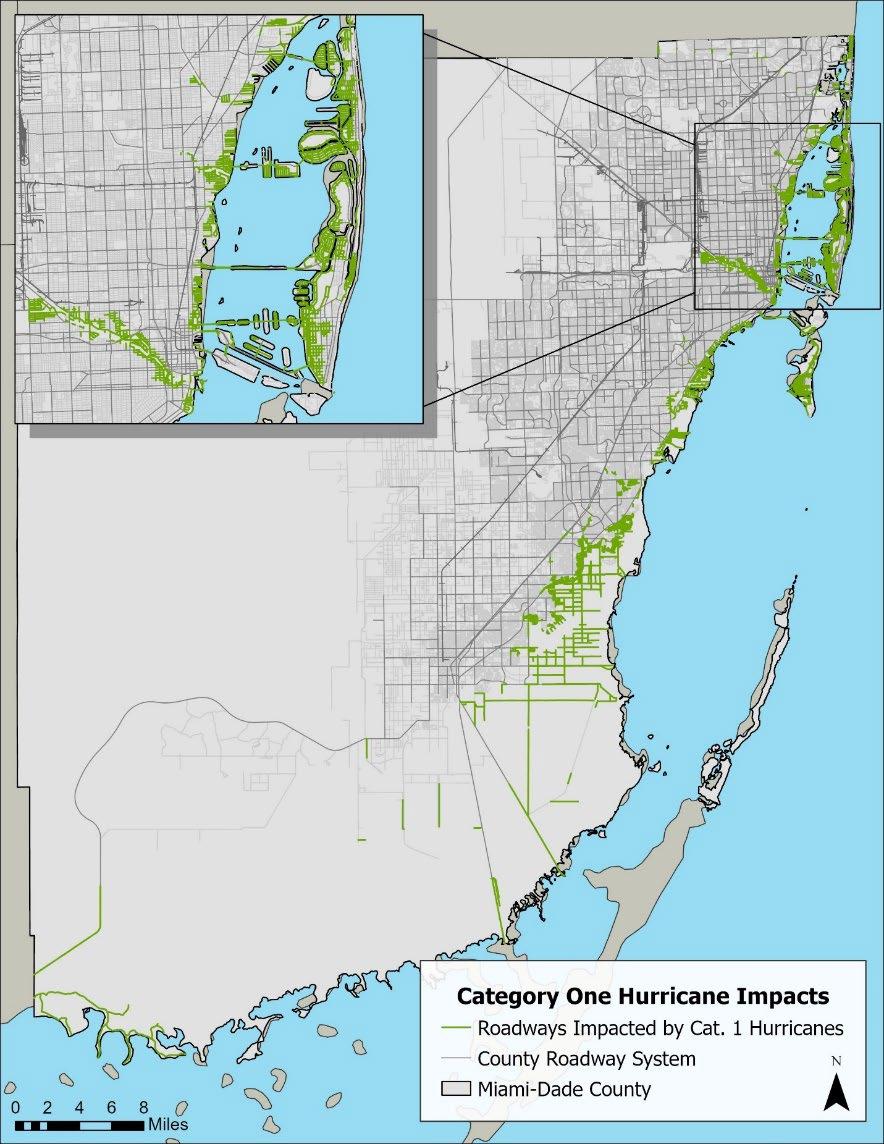




Communicate with roadway owners about study outcomes

Consider nexus of heat vulnerability and transit routes

Consider the access points to major roadways for emergency management

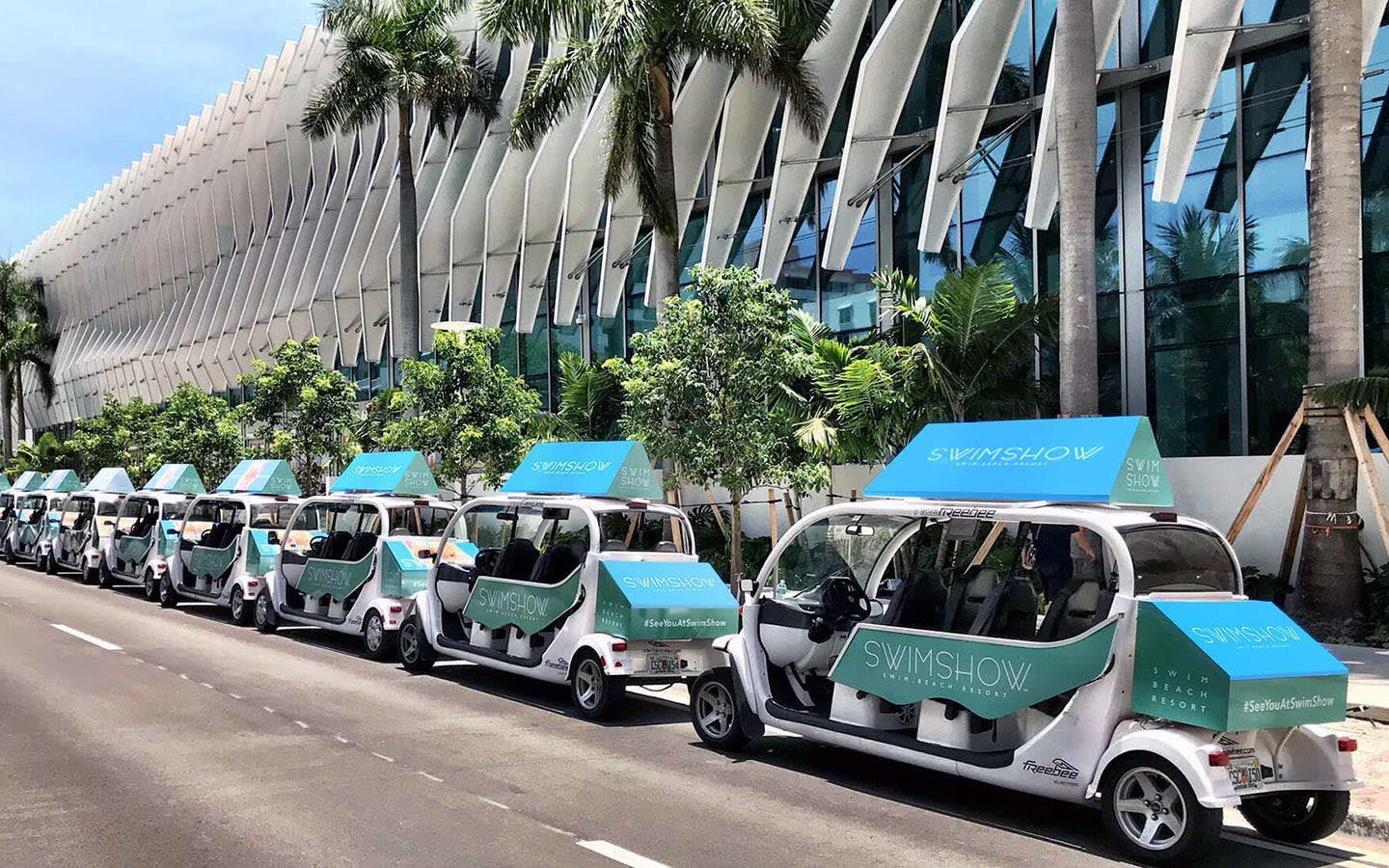
• Personal Vehicles
• Freight Vehicles

• County Owned Fleet
• Public Transit
• Micromobility
• Charging Infrastructure
• Technology (TSM&O)
Alternative Fuels
Hybrid, Autonomous
Fuel Efficient, Zero Emissions
CNG, Electric


Electric Scooters, Bikes
Electric, CNG, Solar
TSM&O, Electric, Solar



EVs accounted for ~3% of new vehicles purchased within MDC in 2020.
49% growth from 2020 to 2021
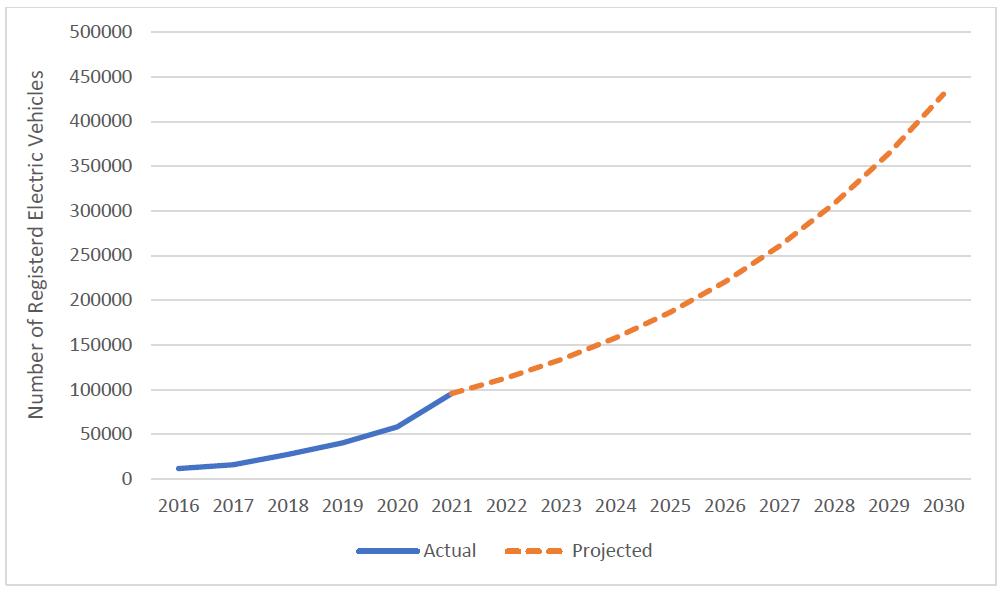
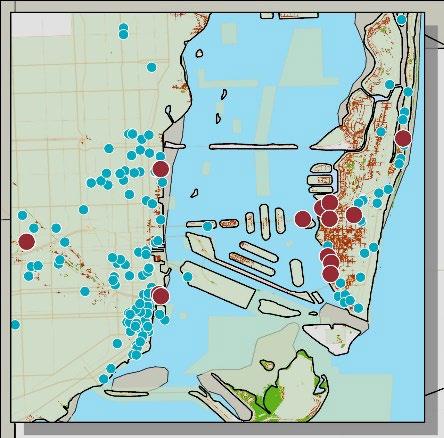
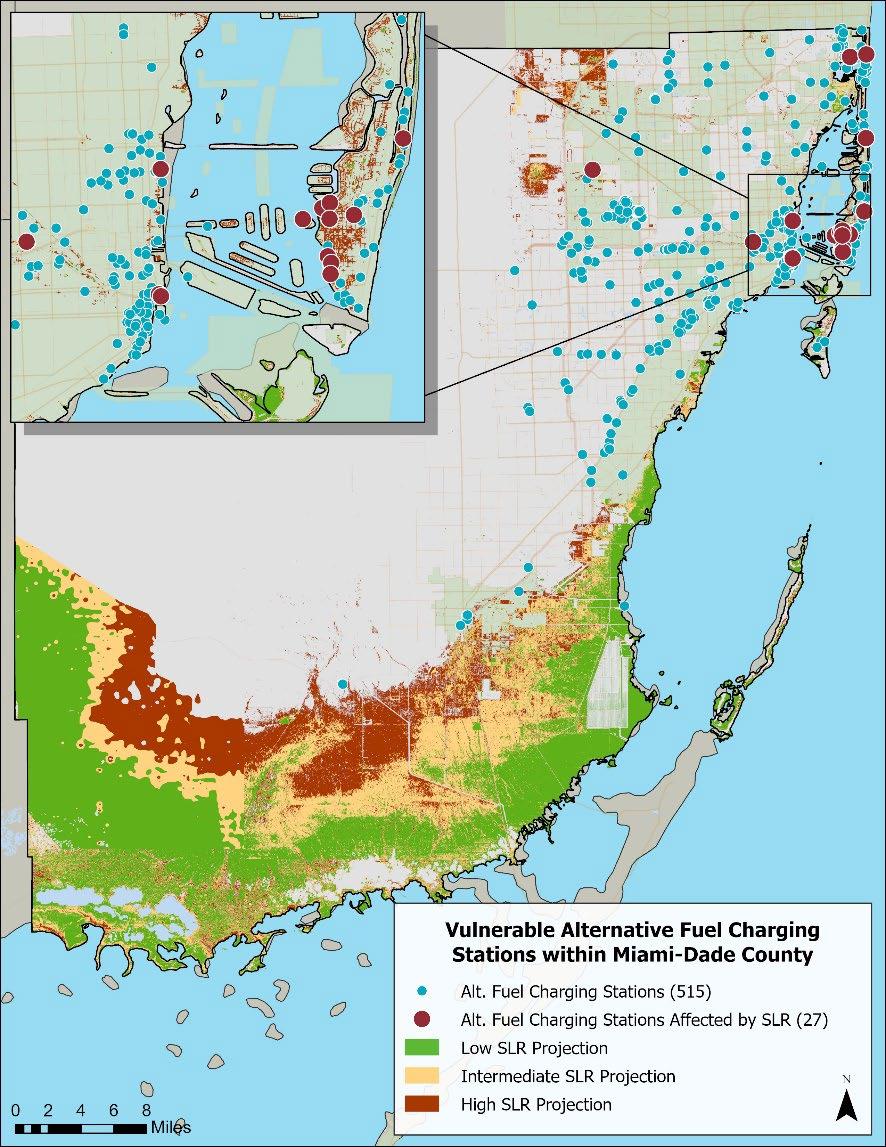




• Alt. Fuel for all: Alternative energy sources can help power charging and signal infrastructure
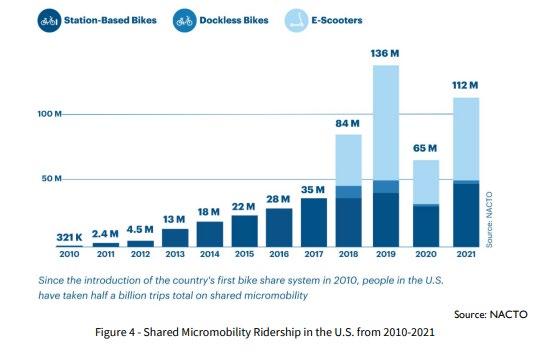


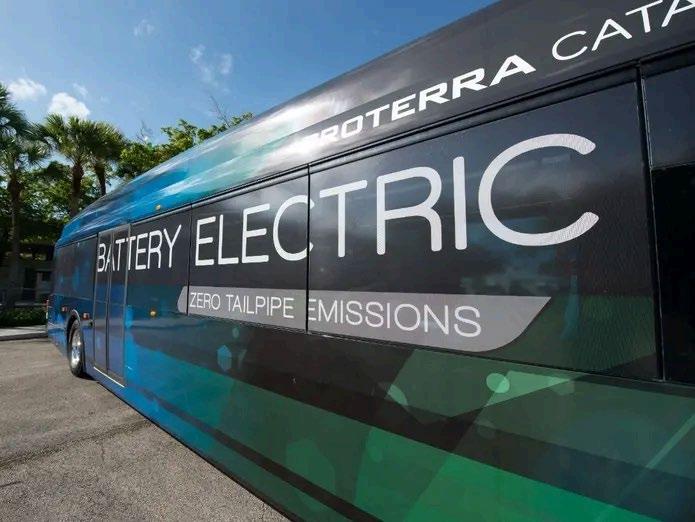
• Induced Demand: Research shows that AFV numbers increase as its associated charging infrastructure increases.
• Gas Tax Substitution: Other states have piloted programs that track mileage through the odometer to charge a fixed rate based on mileage driven.
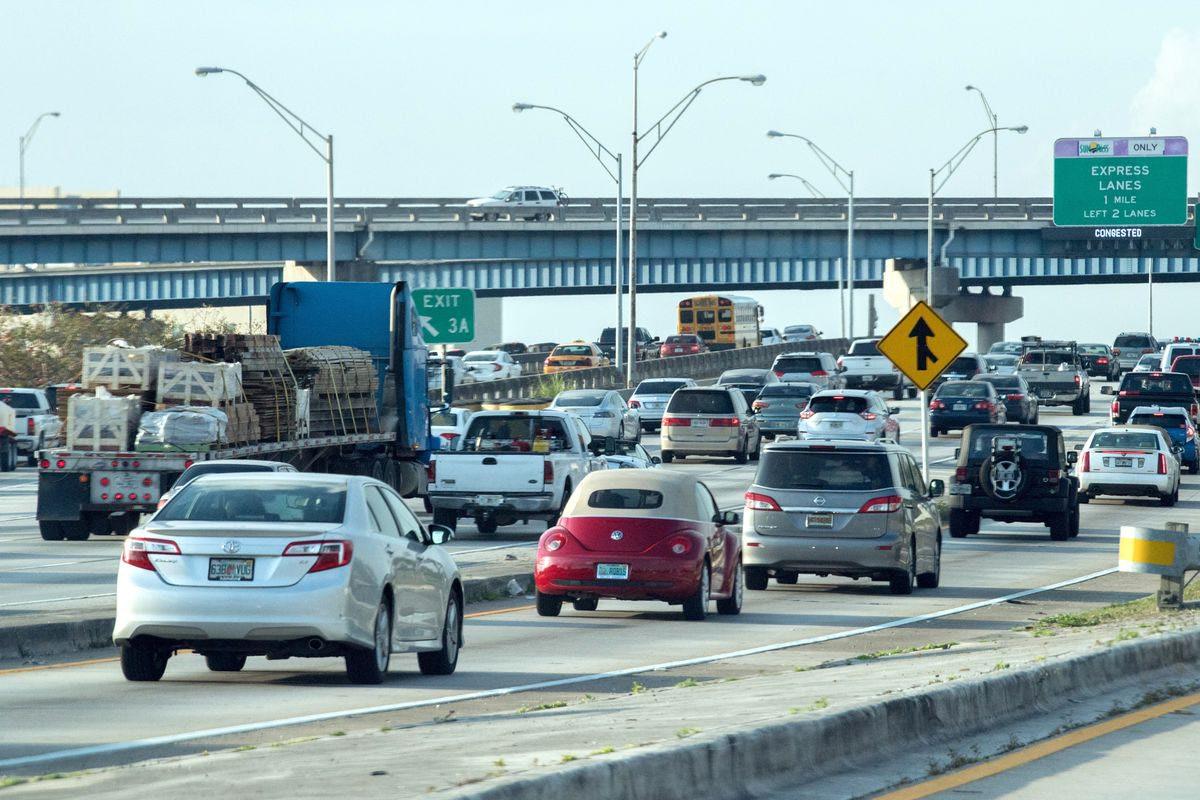




• Resiliency Plan:
• Analyze Vulnerable Infrastructure in 2050 Cost
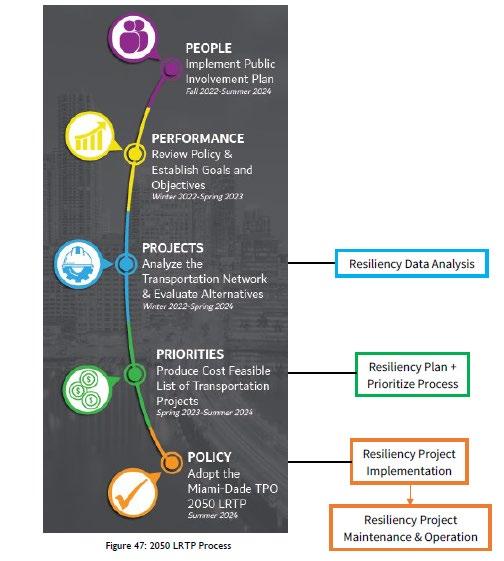

Feasible
• Communicate with Facility owners for maintenance and operations interventions
• Encourage transition to Alternative Vehicles as demand increases
